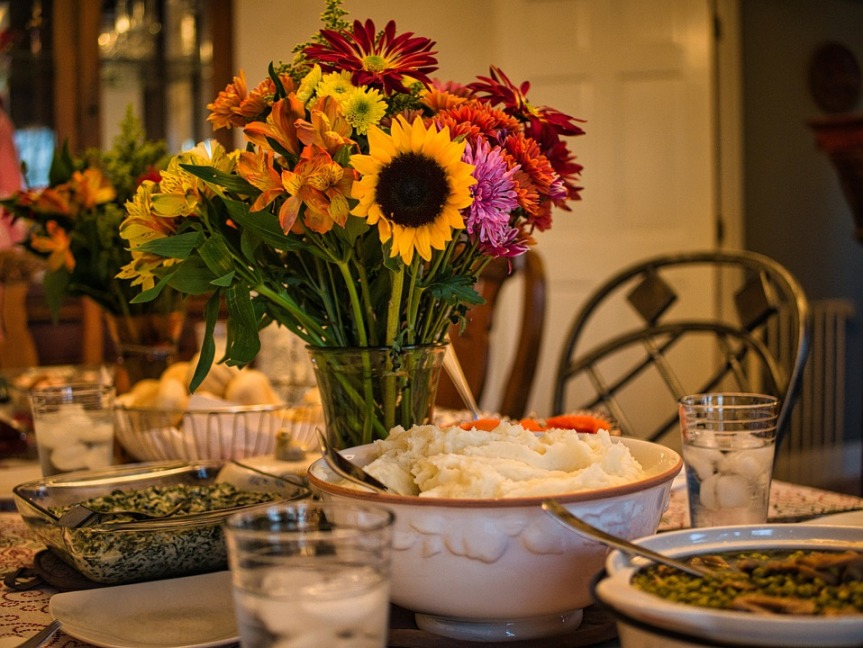Samhain~Halloween Customs and Practices II
This was when cattle and sheep were brought in from summer pasture, all but breeding stock being killed for winter food and making fewer mouths to feed. The last fruit was picked, except that which would be left for the Sidhe, grain was gathered and processed for fodder, flour, and beer. Fishermen put up their boats and stored their gear. Debts would be paid up. Young people who hired out as farm or herder help would return home, as would the warriors of the Fianna and any Bards or poets traveling about would find a household to attach themselves to. Many of the people would begin preparing for the long, dark winter of living almost constantly indoors in often crowded conditions. Farmers and other workers would be preparing to change their summer occupation to gather wood for the next year, giving it a year to dry, much as their descendants would well into the 20th century.
The festival itself is a fire festival and would be celebrated with bonfires, feasts, and the killing of the livestock for the feasts and to be cured for later at large gatherings and smaller local ones. The Gods, Sidhe, and Ancestors would be welcome and fed in ritual, as they would be by individuals at home and hall. Divination was important, for not only was this a significant turning point in the year, but such things would be easier with the nearness of Otherworldly help. The fires of the old year would be extinguished to be replaced by new ones.
Storytelling started at this time and in many chieftains’ halls, it was mandatory that a story be told every night during the dark half of the year –from Samhain to Beltaine. After all, except for hunting expeditions and the fixing of weapons and tools, there wasn’t a lot to do at this time; while temperatures in the British Isles are kept relatively mild by the Gulf Stream it is dark and rainy most of the days during the winter months.



2 thoughts on “Samhain~Halloween Customs and Practices”